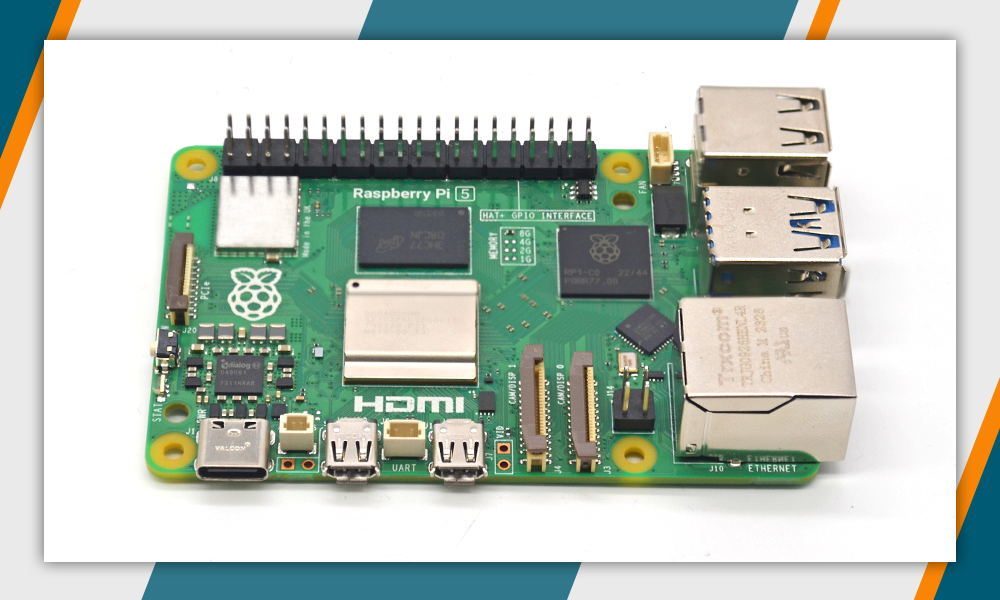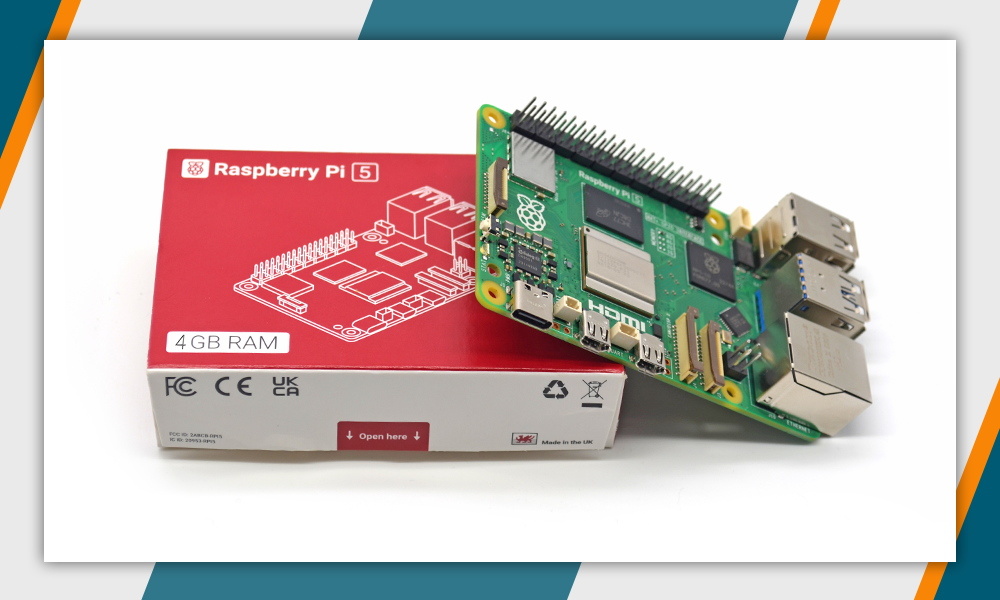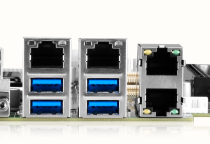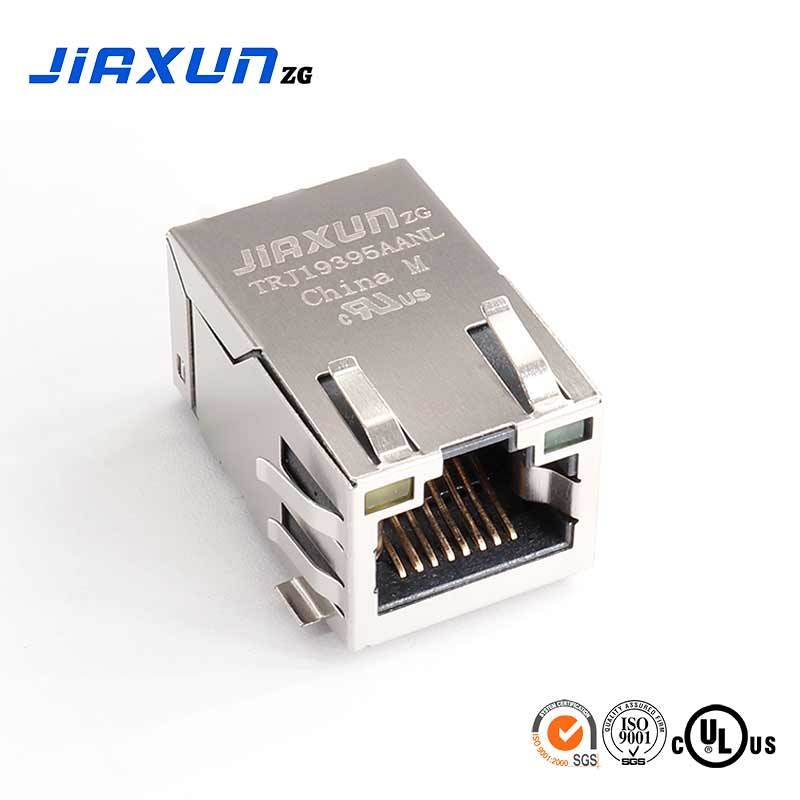26
2024
-
07
What are the common types of communication ports
Author:
There are several commonly used communication port types:
1. USB port: USB is a universal serial bus that supports plug-and-play for devices.The data transfer speeds supported by USB ports range from initially slow to 480 Mbps with the new USB 3.0.
2. bluetooth port: bluetooth is a wireless technology standard used for data transfer over short distances, such as sharing files between devices. Bluetooth technology is mainly used for wireless communication between devices such as mobile phones and headphones.
3. Ethernet port: Ethernet is a standard for local area networks (LAN),which are connected via a network cable. Common Ethernet port types include RJ45 and Ethernet Jack.
4. Mini-USB port or Micro-USB port: the former is a common interface type for older mobile phones or other electronic devices,which has faster data transfer and can support charging function. The latter is faster and more stable in data transmission and charging function compared to mini-usb. It is a standardised, modular and universal interface type.
5. Type-C port: With the development of technology, more and more devices start to use Type-C port,which has the advantages of fast speed, small size, strong versatility, and support for forward and reverse plugging.
In addition, there are interface types such as HDMI (High Definition Multimedia Interface), VGA (Video Graphics Array), DisplayPort (Display Port) and other interfaces used for display devices; as well as special interface types such as RS232 interfaces, RS485/RS422 interfaces and other interfaces used for long-distance data transmission.
These are some commonly used communication interface types, the specific use of which interface type depends on the specific communication needs and application scenarios.
Previous Page
Contact Us
Factory add: NO.54. Jinhu South Road, Chenjiang Town, Zhongkai Hi-tech Zone, Huicheng District, Huizhou city, China
Telephone:0752-2099791
Office add: B901-1, Silver Star Hi-Tech Building, No. 1301 Guanguang Road, Longhua District, Shenzhen, China
Website:www.jiaxunzg.cn
Telephone:0755-81752121
Fax: 0755-81752963
Mailbox:sales1@jiaxunzg.cn
Mailbox:sales2@jiaxunzg.cn
Mailbox:sales3@jiaxunzg.cn
Copyright © 2024 Jiaxun (Huizhou) Intelligent Technology Co., Ltd. Privacy Policy










